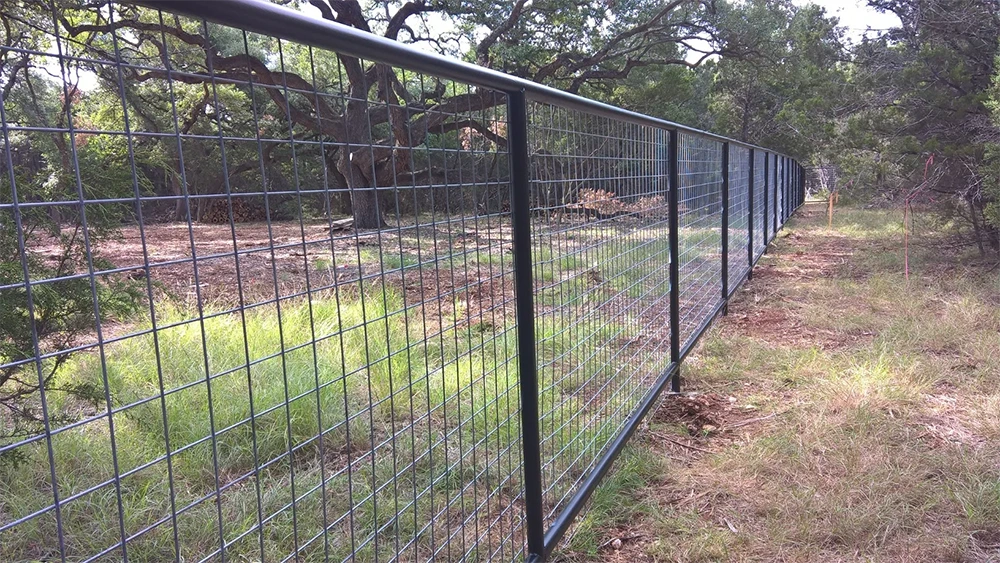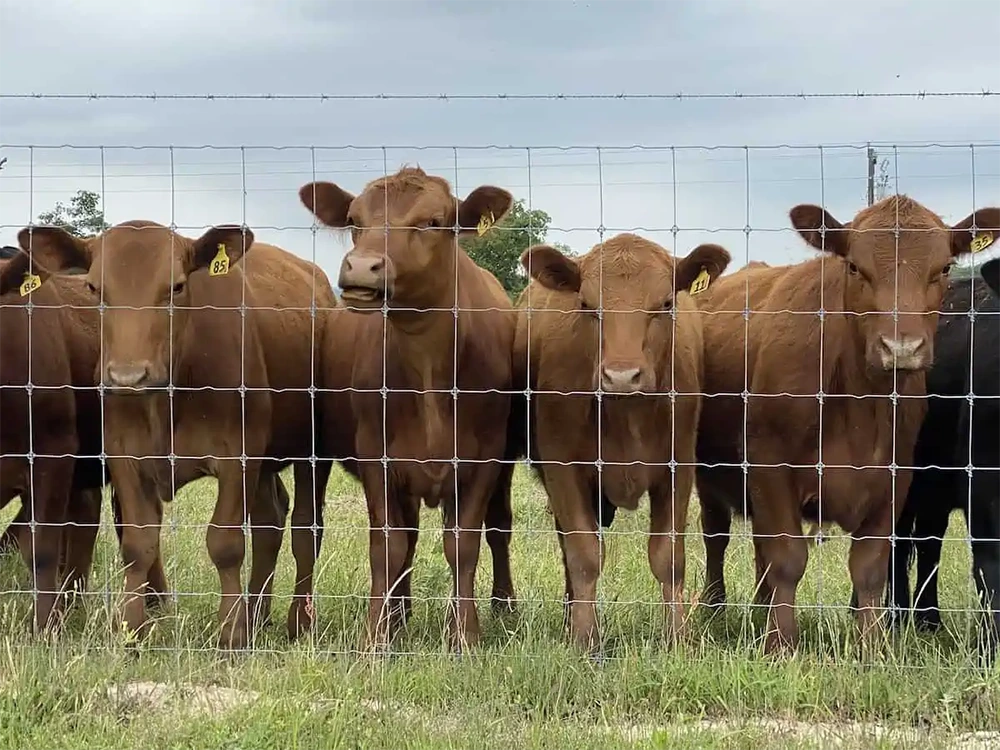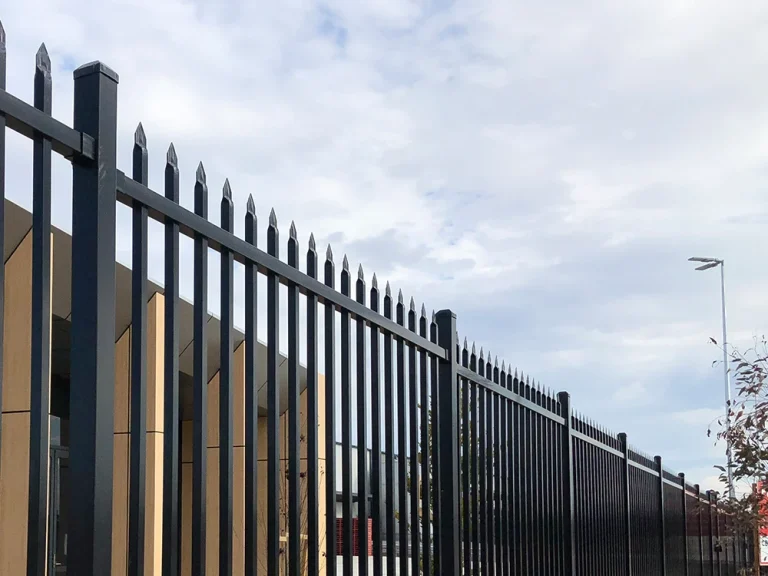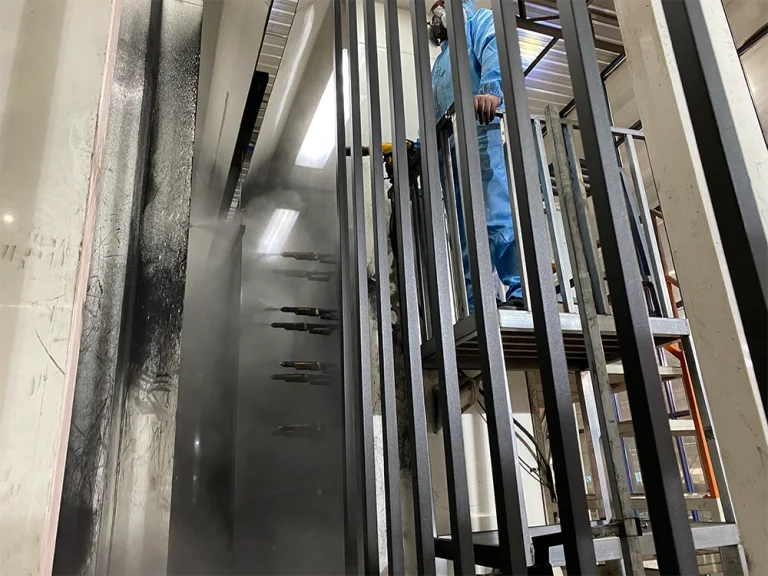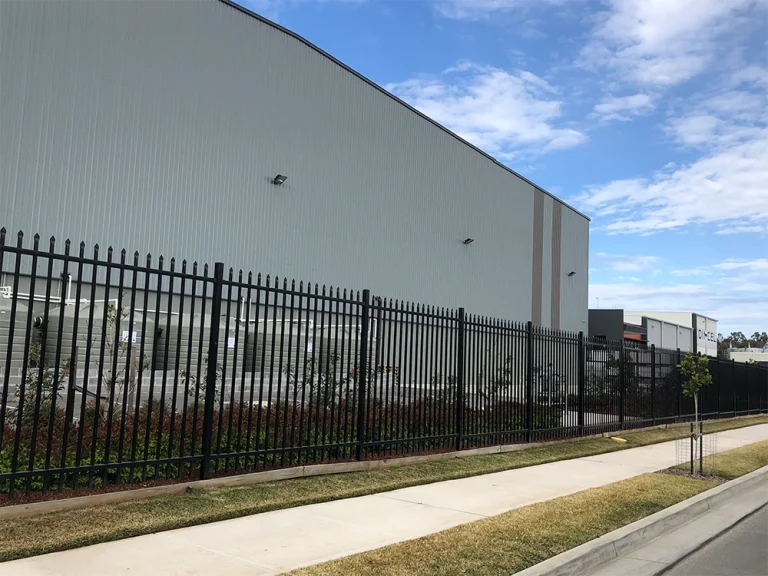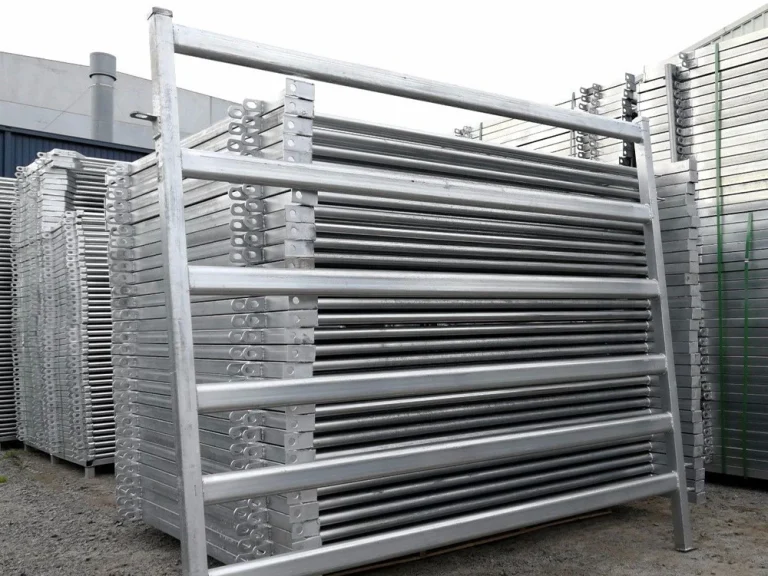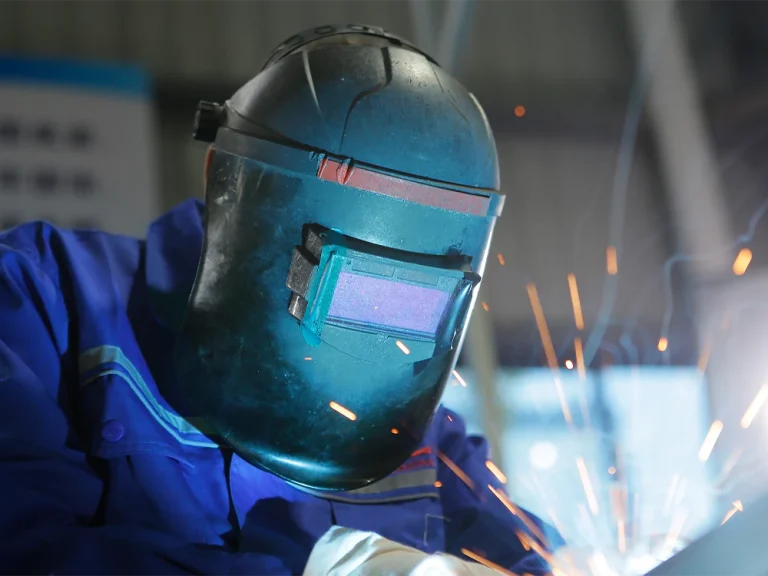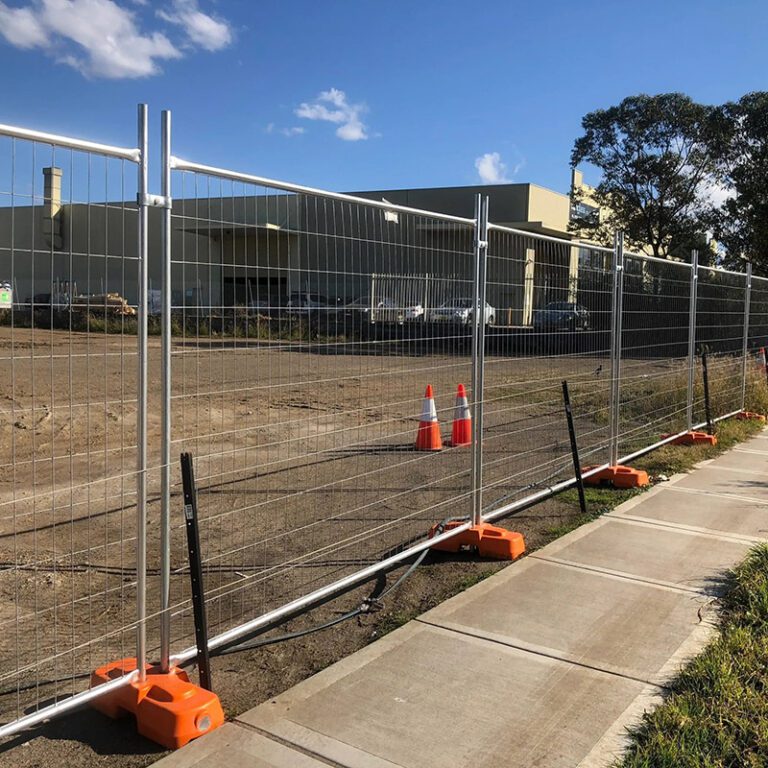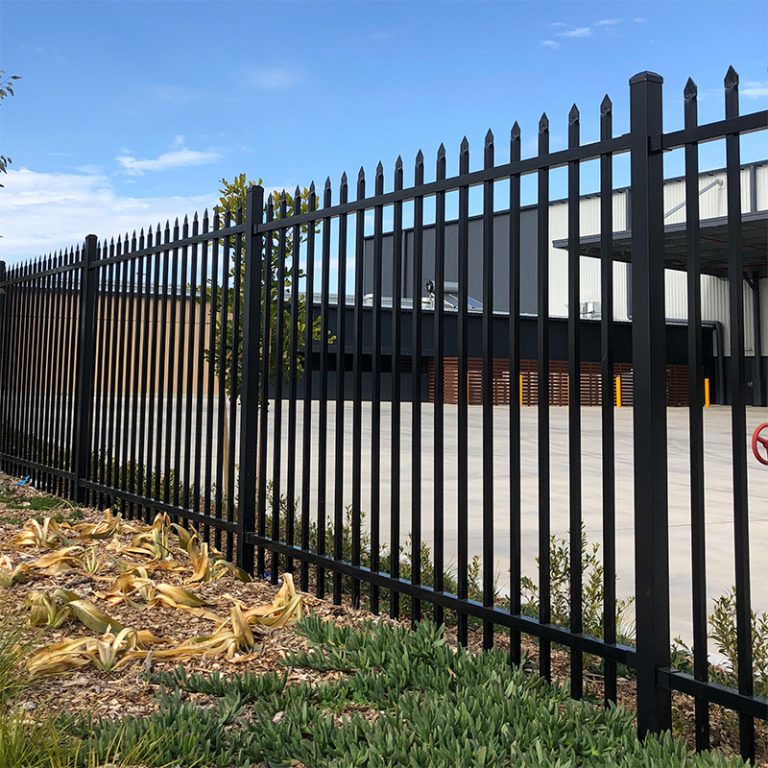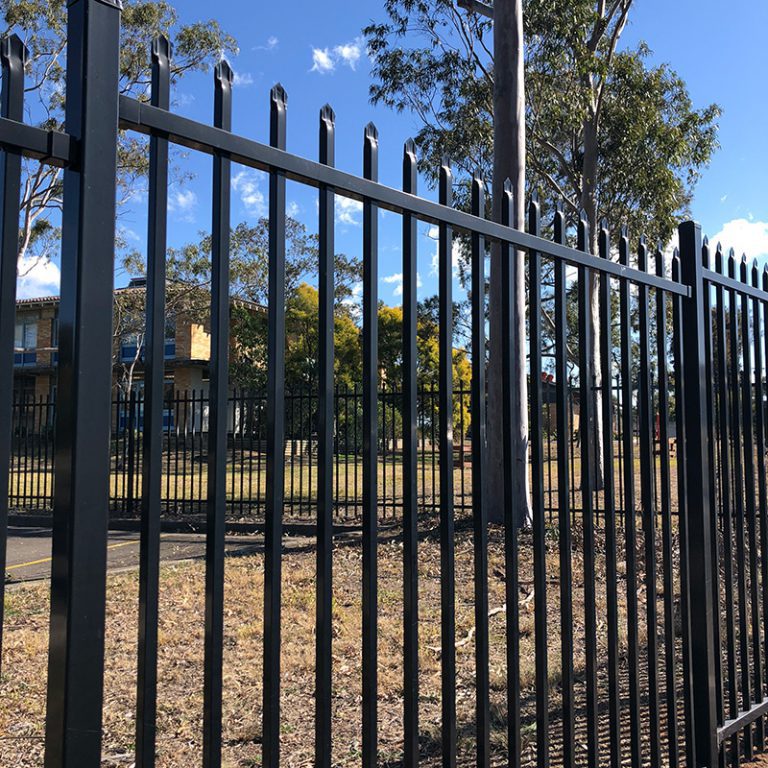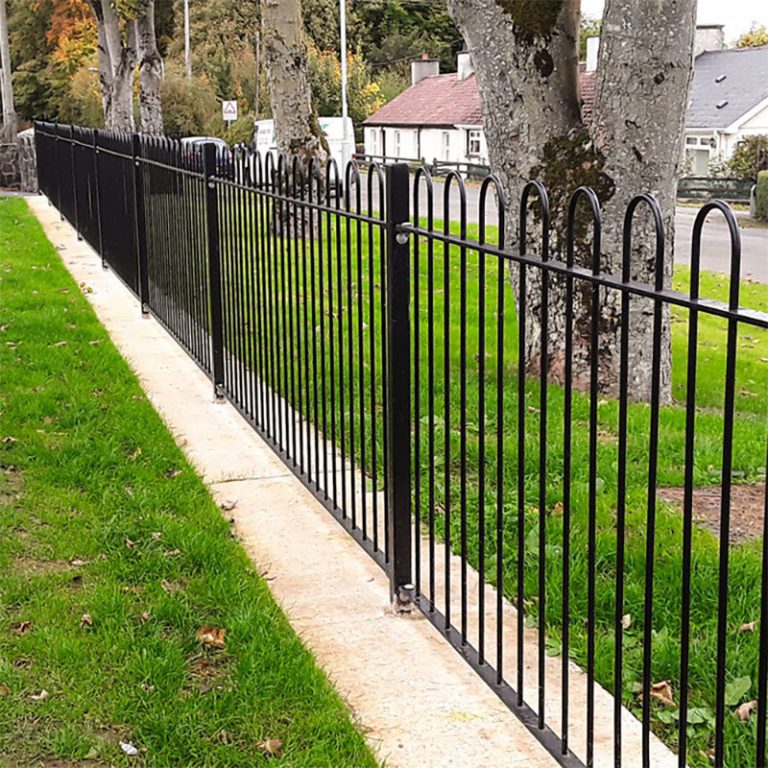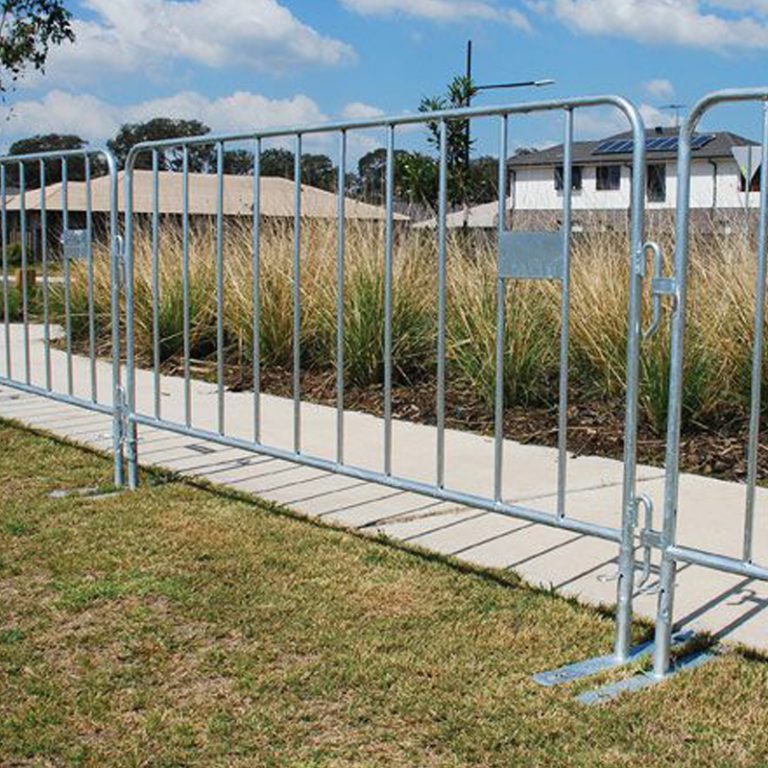Farm fences play a crucial role in maintaining the security and functionality of agricultural properties. They serve as barriers, protecting livestock, crops, and farm infrastructure. However, choosing the right type of fence for your specific needs can be challenging.
1. Traditional Wooden Fences
Wooden fences have been a popular choice for farm owners due to their rustic charm and versatility. They offer various advantages, including:
1.1 Advantages:
– Aesthetically pleasing: Wooden fences add a natural and visually appealing touch to the farm landscape.
– Provides privacy: They create a solid barrier, preventing outsiders from easily observing the farm activities.
– Can be easily customized: Wooden fences can be tailored to different heights, patterns, and styles to suit individual farm requirements.
1.2 Disadvantages:
– Requires regular maintenance: Wooden fences need periodic painting, staining, and repairs to maintain their appearance and structural integrity.
– Prone to rot and termite damage: Wood is susceptible to moisture, rot, and termite infestations, which can lead to costly replacements or repairs.
– Not suitable for containing larger animals: Wooden fences may not withstand the pressure from larger livestock, such as horses or cattle.
1.3 Application Scenarios:
– Residential farm boundaries: Wooden fences are commonly used to define property boundaries and provide a welcoming aesthetic.
– Gardens and ornamental areas: They are ideal for separating garden spaces or decorative areas within the farm.
2. Wire Fences
Wire fences, also known as woven wire or mesh fences, are a cost-effective and versatile option for many farm owners. They offer several advantages, including:

2.1 Advantages:
– Cost-effective option: Wire fences are relatively affordable and widely available, making them a popular choice for large areas.
– Easy to install and repair: The installation process is straightforward, and if a section gets damaged, it can be easily repaired or replaced.
– Provides visibility: Wire fences allow farm owners to monitor livestock without obstructing visibility.
2.2 Disadvantages:
– Not suitable for all livestock types: Smaller animals may squeeze through the gaps in the mesh, while larger animals may damage the fence.
– May require additional support in high-wind areas: Wire fences can be vulnerable to strong winds, requiring additional support posts or bracing.
– Limited durability: Over time, wire fences may deteriorate due to rust or weathering, necessitating regular maintenance and eventual replacement.
2.3 Application Scenarios:
– Poultry farms: Wire fences are commonly used to enclose chicken coops and protect poultry from predators.
– Small animal enclosures: They are suitable for containing smaller livestock, such as sheep or goats, in designated areas.
3. Electric Fences
Electric fences provide an effective and flexible solution for farm owners seeking to contain livestock while deterring potential intruders. Let’s explore the advantages, disadvantages, and application scenarios of electric fences.
3.1 Advantages:
– Efficient livestock containment: Electric fences deliver a mild electric shock, training animals to respect the boundaries without causing harm.
– Easy installation: Electric fences are relatively simple to install and can be easily customized to match the size and shape of the desired enclosure.
– Cost-effective: Electric fences require fewer materials compared to traditional fences, making them a budget-friendly option.
3.2 Disadvantages:
– Power dependency: Electric fences require a reliable power source, such as mains electricity or solar panels, which may be a limiting factor in remote areas.
– Maintenance and troubleshooting: Regular inspection and testing of the fence’s electrical components are necessary to ensure proper functionality.
– Ineffectiveness during power outages: Electric fences become non-functional during power disruptions, temporarily compromising security.
3.3 Application Scenarios:
– Livestock farms: Electric fences are commonly used to contain various livestock, including cattle, horses, and sheep.
– Wildlife management: These fences can also be employed for wildlife containment or exclusion from specific areas within the farm.
4. Barbed Wire Fences
Barbed wire fences have long been recognized for their ability to provide a formidable deterrent to both livestock and unauthorized entry. Let’s explore the advantages, disadvantages, and application scenarios of barbed wire fences.
– Strong deterrent: The presence of sharp barbs on the wire effectively deters both animals and humans from attempting to cross the fence.
– Durability: Barbed wire fences are known for their longevity and ability to withstand harsh weather conditions.
– Cost-effective: Barbed wire is relatively inexpensive, making it an affordable option for large-scale fencing projects.
– Potential for injury: Barbed wire can cause injury to both animals and humans if not handled or maintained properly.
– Limited visibility: The presence of barbs can obstruct visibility, making it challenging to monitor livestock or detect potential predators.
– Not suitable for containment of smaller animals: Barbed wire fences may not effectively contain smaller livestock or animals that can squeeze through the gaps.
4.3 Application Scenarios:
– Pastures and ranches: Barbed wire fences are commonly used in livestock operations, particularly for containing cattle and horses.
– Perimeter security: They are also utilized in industrial or commercial farms to secure the boundaries and deter unauthorized access.
5. Vinyl Fences
Vinyl fences have gained popularity in recent years due to their durability and low maintenance requirements. Let’s explore the advantages, disadvantages, and application scenarios of vinyl fences.

5.1 Advantages:
– Long-lasting: Vinyl fences are highly resistant to rot, decay, and weathering, making them durable and suitable for long-term use.
– Low maintenance: Unlike wooden fences, vinyl fences do not require painting, staining, or sealing. They can be easily cleaned with water and mild detergent.
– Variety of styles: Vinyl fences are available in various styles, colors, and textures, allowing for customization to match different farm aesthetics.
5.2 Disadvantages:
– Higher upfront cost: Vinyl fences are generally more expensive than traditional wooden or wire fences, requiring a higher initial investment.
– Limited flexibility: Unlike wire fences, vinyl fences are less flexible and may not be suitable for uneven terrain or areas with frequent ground movement.
– Potential for damage: While vinyl is durable, it can be susceptible to impact damage from heavy objects or machinery.
5.3 Application Scenarios:
– Residential farms: Vinyl fences are commonly used for residential farm boundaries, providing an attractive and low-maintenance option.
– Horse farms: They are particularly popular for horse farms, as vinyl fences are generally safe and do not pose injury risks to horses.
6. Woven Wire Fences
Woven wire fences, also known as game fences or field fences, offer a versatile and secure solution for containing a wide range of livestock. Let’s explore the advantages, disadvantages, and application scenarios of woven wire fences.
6.1 Advantages:
– Versatility: Woven wire fences can be customized with various wire thicknesses, heights, and spacing, making them suitable for different livestock types.
– Effective containment: The tight mesh pattern of woven wire fences prevents animals from squeezing through or getting their heads stuck.
– Longevity: When properly installed and maintained, woven wire fences can last for many years, providing a reliable long-term solution.
6.2 Disadvantages:
– Installation complexity: Installing woven wire fences requires careful planning, precise measurements, and proper tensioning to ensure effectiveness.
– Higher cost: Woven wire fences can be more expensive than basic wire fences due to the additional materials and labor involved in their installation.
– Vulnerability to damage: While durable, woven wire fences can be susceptible to damage from falling trees, heavy objects, or aggressive animals.
6.3 Application Scenarios:
– Livestock farms: Woven wire fencing is often suitable for housing a variety of livestock, including cattle, sheep, goats, and pigs.
– Wildlife management: They are also utilized in wildlife management areas or game reserves to control animal movement and protect crops from wildlife damage.
7. Pipe and Cable Fences
Pipe and cable fences offer a sturdy and durable option for farm owners seeking strength and longevity. Let’s explore the advantages, disadvantages, and application scenarios of pipe and cable fences.
7.1 Advantages:
– Strength and durability: Pipe and cable fences are highly resilient and can withstand heavy impact, making them suitable for containing larger livestock.
– Low maintenance: These fences require minimal maintenance, with occasional inspections and repairs to ensure cable tension and pipe integrity.
– Versatility: Pipe and cable fences can be customized to various heights and configurations, allowing for flexibility in design and application.
7.2 Disadvantages:
– Higher cost: The materials and labor required for pipe and cable fences can be more expensive compared to other fence types.
– Installation complexity: Proper installation of pipe and cable fences requires skill and precision to ensure structural integrity and tension.
– Limited visibility: The solid nature of pipe fences can obstruct visibility, making it challenging to monitor livestock or detect potential issues.
7.3 Application Scenarios:
– Ranches and large-scale livestock operations: Pipe and cable fencing are often suitable for pastures and large farms, especially for housing cattle and horses.
– High-traffic areas: They are suitable for areas with heavy livestock traffic, such as alleyways and corrals, where strength and durability are essential.
8. High-Tensile Fences
High-tensile fences provide a strong and cost-effective solution for farm owners seeking durability and ease of installation. Let’s explore the advantages, disadvantages, and application scenarios of high-tensile fences.
8.1 Advantages:
– Strength and flexibility: High-tensile fences are designed to be highly tensioned, providing strength and resilience to contain livestock effectively.
– Cost-effective: These fences require fewer materials compared to traditional fences, making them a cost-effective option for large-scale installations.
– Low maintenance: High-tensile fences are generally low maintenance, with occasional inspections and repairs to maintain tension and address any damage.
8.2 Disadvantages:
– Learning curve: Proper installation of high-tensile fences requires knowledge and experience to ensure correct tensioning and anchoring.
– Potential for injury: The high tension of these fences can pose a risk of injury if not handled or maintained properly.
– Ineffectiveness against smaller animals: High-tensile fences may not be suitable for containing smaller livestock or animals that can squeeze through the gaps.
8.3 Application Scenarios:
– Livestock farms: High-tensile fences are usually suitable for livestock farms such as cattle, horse, and sheep farms, where strength and cost-effectiveness are crucial.
– Perimeter security: These fences can also be employed in larger farm properties to secure boundaries and deter unauthorized access.
9. Chain Link Fences
Chain link fences are a popular choice for farm owners looking for a combination of affordability and functionality. Let’s explore the advantages, disadvantages, and application scenarios of chain link fences.
9.1 Advantages:
– Affordability: Chain link fencing is generally less expensive than other types of fencing, making it a cost-effective option for large areas.
– Durability: These fences are made from galvanized steel, so which provides excellent resistance to rust and corrosion, ensuring longevity.
– Visibility and airflow: Chain link fences offer good visibility, allowing farm owners to monitor livestock, and they also provide airflow, minimizing wind resistance.
9.2 Disadvantages:
– Limited privacy: Chain link fences do not offer much privacy as they have open weaves while allowing outsiders to see inside the fenced area.
– Limited containment for small animals: Small animals may be able to squeeze through the gaps in the chain link, thus making it less suitable for containing them.
– Not as aesthetically pleasing: Chain link fences may not provide the same level of aesthetic appeal as other fence types.
9.3 Application Scenarios:
– Livestock enclosures: Chain link fences are typically suitable for larger livestock (such as cattle or horses) where containing them is the primary goal.
– Security areas: These fences are suitable for securing areas within the farm, such as equipment storage or utility areas.
Conclusion:
Choosing the right type of farm fence is crucial for the overall success and productivity of your agricultural operations. Each fence type has its advantages and disadvantages, making it essential to consider factors such as budget, livestock type, and specific requirements. By understanding the various options available and their application scenarios, you can make an informed decision that best suits your farm’s needs.



